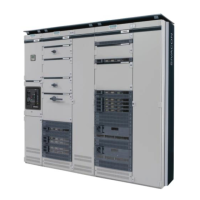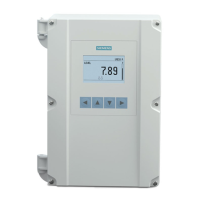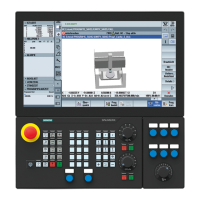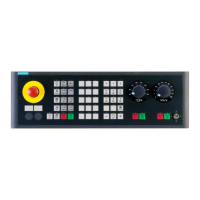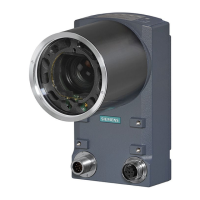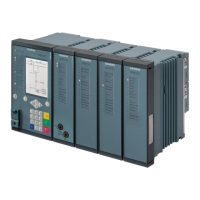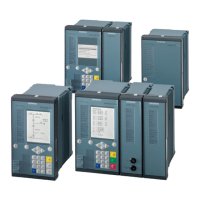72
SIVACON S8 Planning Principles – Further planning notes
supply units are increasingly used, for example in ICT
equipment in office rooms, the power factor may even
turn capacitive. In this context, it must be observed that
these power supply units frequently cause system pertur-
bations in the form of harmonics, which can be reduced
by passive or active filters.
• The decision in favour of central or distributed implemen-
tation of compensation is governed by the network
configuration (load center of reactive current sources). In
case of distributed arrangement of the compensation
systems, appropriate outgoing feeders (in-line switch-dis-
connectors, circuit-breakers etc.) shall be provided in the
switchboard.
• Generator-supplied power systems must not be com-
pensated if problems may arise in generator control as a
result of compensation control (disconnecting the com-
pensation system during switch-over to generator mode
or static, generator-tuned compensation is possible)
• Choking of a compensation system depends on the
power system requirements as well those of the client
and the DSO.
In the planning stage, installation conditions such as
clearances, width of maintenance gangways, weights,
underground, as well as environmental conditions, for
example climatic conditions, and power loss must already
be considered. In particular the following aspects should be
kept in mind when planning a switchboard:
• Maximally permitted equipment of a cubicle (for
example, number of in-line switch-disconnectors con-
sidering size and load; manufacturer specifications must
be observed!).
• Minimum cubicle width, considering component density,
conductor cross sections and number of cables (a wider
terminal compartment may have to be selected or an
additional cubicle may have to be configured)
• Device reduction factors must be observed according to
manufacturer specifications! Mounting location, ambient
temperature and nominal current play an important part
(particular attention in case of currents greater than
2,000 A!).
• The dimensioning of compensation systems is very much
governed by the location of use (office, production) and
the power supply conditions (harmonic content, DSO
specifications, audio frequency etc.). Up to about 30 % of
the transformer output can be expected as a rough
estimate (in industrial environments) in the absence of
concrete criteria for planning. If switched-mode power
8 Further planning notes
by the manufacturer must be observed (Fig. 8/1). The
minimum dimensions for operating and maintenance
8.1 Installation
Installation – clearances and gangway widths
When low-voltage switchboards are installed, the minimum
clearances between switchboards and obstacle as specified
Fig. 8/1: Clearances to obstacles
100 mm (150 mm
1)
)
2)
100 mm
3)
100 mm
1)
Back-to-back installation: 200 mm (300 mm
2)
)
2)
Only for IP43 (projecting of the top plate)
3)
While adding of the right cubicle, the protrusion of the main busbar connecting brackets must
be considered!
Top busbar position: protrusion 90 mm recommended clearances > 150 mm
Rear busbar position: protrusion 54 mm recommended clearances > 100 mm
Attention: All dimensions refer to the frame dimensions (nominal cubicle size) !
Switchboard
Leave a space of at least 400 mm above the cubicles !
Fig. 8/2: Maintenance gangway widths and passage heights
1)
Minimum height of passage under covers or enclosures
2,000 mm
1)
600 mm600 mm
700 mm700 mm700 mm700 mm
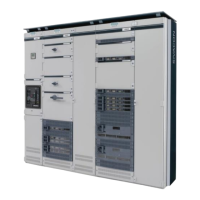
